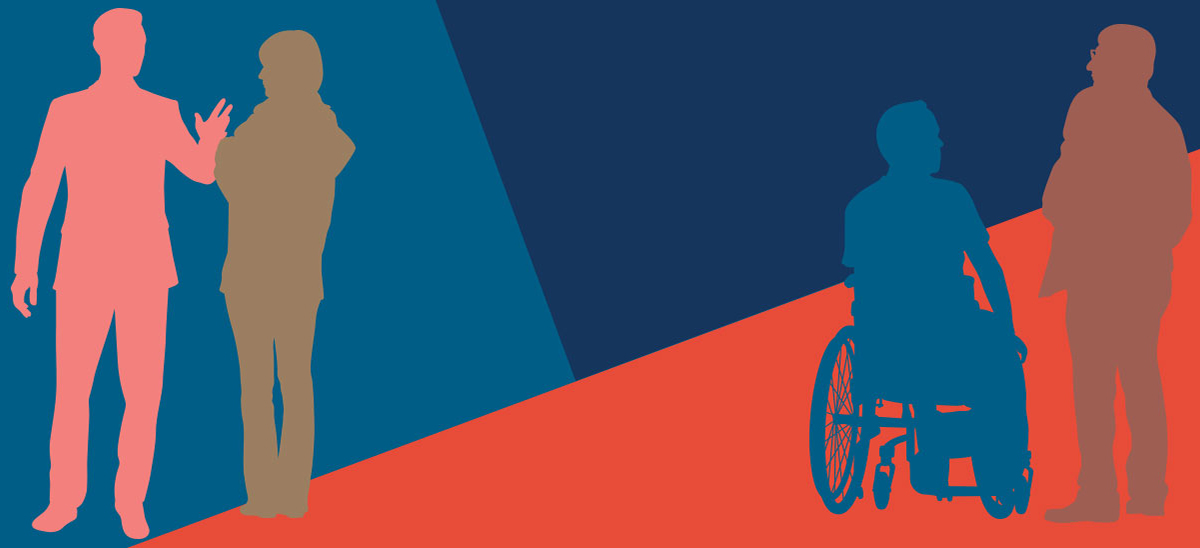Regular readers will remember that I wrote about Zetia back in November. That post had some important background for this week’s news, and a handy lesson about the difference between clinical and intermediate outcomes in medical studies. If you missed it, you may want to check it out. This week, Merck released the data from a study comparing the growth of cholesterol plaques in the arteries of patients taking Zocor (a cholesterol lowering medication proven to prevent strokes and heart attacks) to those taking Zocor and Zetia. The bottom line: Zetia didn’t help shrink the cholesterol plaques and may have actually accelerated their growth slightly. Media hysteria ensued, including this article in the New York Times. Thousands of patients have been calling their doctors, confused about what to do.
The American College of Cardiology tried to calm the situation by releasing a statement reminding patients that “this is not an urgent situation and patients should never stop taking any prescribed medications without first discussing the issue with their health care professional.” The statement also included a position about the appropriate role of Zetia and Vytorin, which has not changed with the release of this study.
“The ACC recommends that Zetia remain a reasonable option for patients who are currently on a high dose statin but have not reached their goal. The ACC also notes that Zetia is a reasonable option for patients who cannot tolerate statins or can only tolerate a low dose statin.”
Statins have always been first line for cholesterol treatment because of their proven reduction of strokes and heart attacks. Zetia has never been proven to prevent strokes and heart attacks, and should only be used if more statin can’t be tolerated. Nothing about that changed this week.
(I’m grateful to Dr. Mark Urman and Dr. Yaron Elad who each pointed me to the American College of Cardiology statement.)
Tangential Miscellany:
There will not be a medical news post next week. The weekly post resumes the week of January 28.
